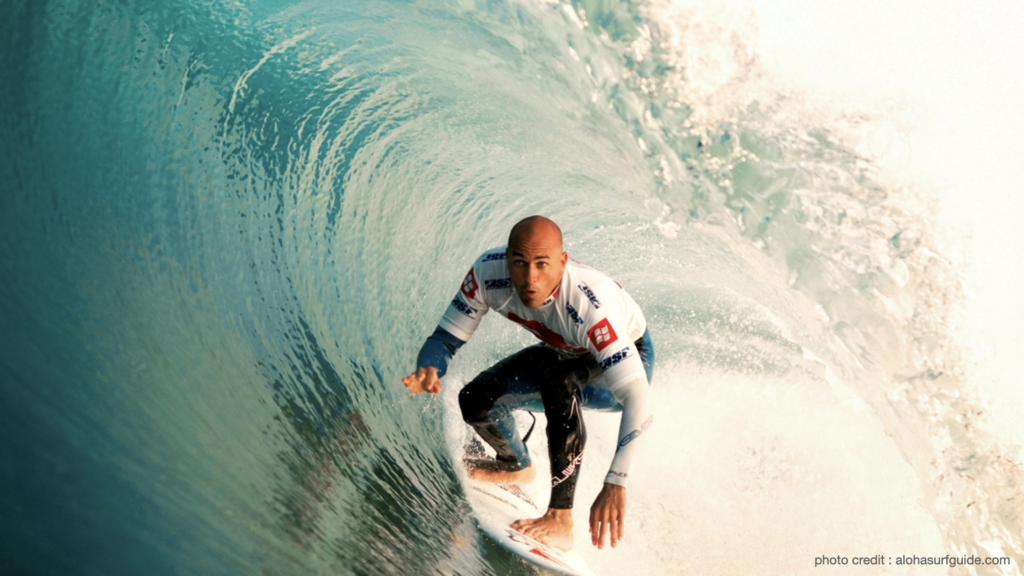It is widely known that Michael Jordan, the greatest NBA basketball player of all-time, had a devoted mindfulness practice influenced by Phil Jackson and George Mumford.
One of my favorite quotes about MJ, is from the documentary The Last Dance, in which Mark Vancil, the editor of Rare Air, describes Michael Jordan’s mind… “Michael is a mystic. He was never anywhere else. His gift wasn’t that he could jump high, run fast, shoot a basketball. His gift was that he was completely present.”
So, how did Michael do it? And how can you can learn to block out distractions and focus completely on the present moment? To answer these questions, I want to first define the term Mindful Awareness.
What is Mindful Awareness?
My favorite definition of mindful awareness or mindfulness was coined by Jon Kabat Zinn. Mindfulness is awareness that arises through paying attention, on purpose, in the present moment, non-judgementally.
Mindfulness is awareness that arises through paying attention, on purpose, in the present moment, non-judgmentally.”
Jon Kabat Zinn
In other words, mindfulness is the practice of turning attention towards oneself in the present moment and away from the everyday stresses and distractions of the world. Mindful meditation has his roots from ancient Buddhist meditation techniques and there are many contemplative practices that explore the concept of consciousness through meditation. However, today the practice of mindfulness has become a common practice among elite athletes.

The members of the US women’s soccer team practiced mindfulness in preparation for winning 2019 World Cup Championship. Misty May & Carrie Walsh won 3 Olympic gold medals in beach volleyball for the United States. They are widely known for practicing mindfulness throughout their Olympic Career. And many professional surfers have a mindfulness meditation practice. In fact, mindfulness and surfing go hand in hand as Kelly Slater is famously quoted for saying, “It’s all about where your mind’s at.”

So why do all these pro athletes practice mindfulness?
There’s lots of benefits to mindfulness awareness:
- Reduction in stress levels and anxiety
- Improved mental & emotional wellbeing
- Mood regulation
- Better access to your intuition
- A higher level of empathy
- A stronger connection to your team, community, and environment
The list goes on and on. There are many compelling reasons to adopt a mindfulness awareness practice as athlete. And now I am going to give you a tool to help you do that.
As athletes and coaches, the practice of mindfulness often takes a backseat to physical endurance and technical training. As a result, athletes don’t often experience separation between the mind’s activities and awareness of thoughts.
For example, as an athlete, if you make a mistake in competition, you might act out on your impulses of frustration without even being aware of your actions. Or your mind might wonder-off during a time-out or a break in the action and get lost in a memory. Those blips in awareness during competition can cost points and even championships.
However, when athletes operate in a state of mindful awareness you become aware that you are more than just the activities in your mind. You understand that there is a space between stimulus and response that you can exist in. And in that space, you have the power to choose your response.
Learning to develop a practice of mindful awareness will help athletes reach their optimal potential under pressure in competition. Remember being in the flow and competing at your optimal potential is all about where your mind’s at.
Video on Mindful Awareness for Athletes
In this video I’ll be breaking down the theoretical content of Mindful Awareness from Dr. Daniel Siegel’s book, “The Neurobiology of We” and applying it to sports to help athletes and coaches learn how to cultivate a practice of mindful awareness. I am also going to teach you about a very powerful tool that Dr. Siegel developed called the Wheel of Awareness which you can use as a map to guide your mindfulness practice in everyday life, or before competition. You can also use it to promote integration with members of your team.